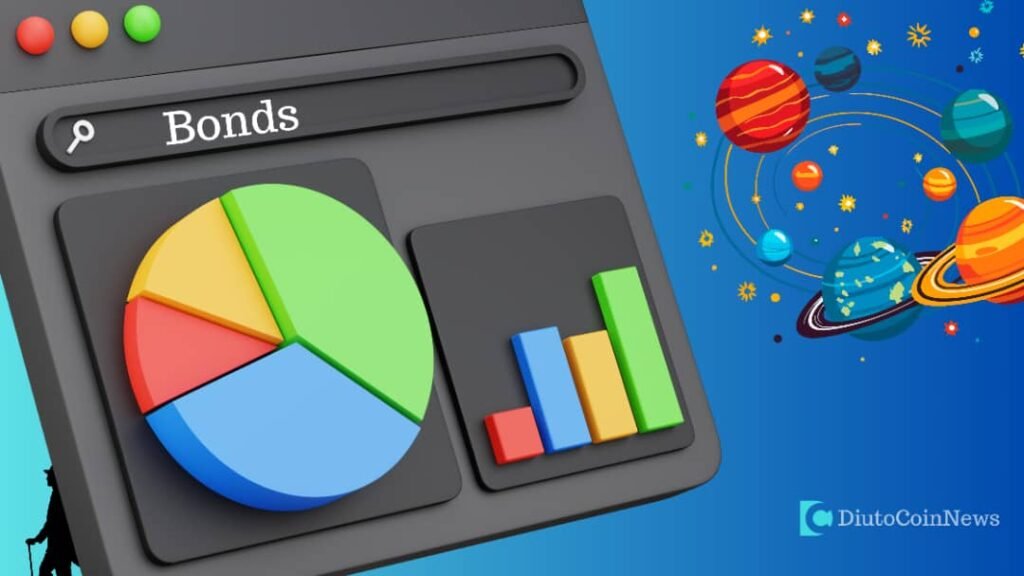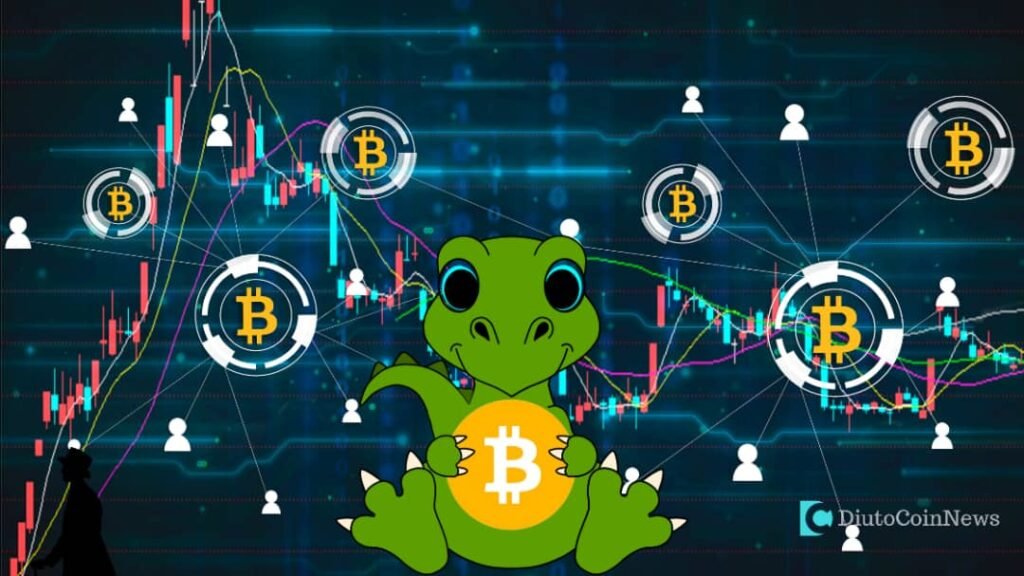The cryptocurrency world has been rocked in recent days by the sharp reductions in the value of a stablecoin named TerraUSD and its sister counterpart Terra Luna. The crisis has shaken the entire crypto market, and other currencies like bitcoin and tether have struggled as a result. Terra Luna is nearly worthless now. Bitcoin has plummeted nearly 25% in the last week and has dropped more than 50% in the last six months. Some have connected the disaster to the financial meltdown of 2008.
WHAT CAUSED THE CRASH?
Understanding why UST went bankrupt this week requires knowledge of its Achilles heel: the Anchor lending procedure.
When UST deposits on Anchor started decreasing on Saturday, it was one of the first signals that things were going awry for the stablecoin.
Anchor provides consumers who deposit their UST on the platform with market-leading rates of up to 20% per year. Anchor was home to 75% of UST’s entire circulating supply before it began to drop late Saturday. Out of a total circulating supply of $18 billion, that’s $14 billion in UST.
With so much UST locked up in Anchor, it became evident that the stablecoin was being purchased solely for the purpose of reaping those sweet, sweet Anchor rewards. Anchor’s association with UST was either an innovative method for manufacturing utility for the young stablecoin, or needless marketing spend luring untrustworthy mercenary capital, depending on who you ask.
Critics claimed Anchor’s high returns were unsustainable, and that they were artificially inflated by Terraform Labs (TFL) and its big-money sponsors. They claim that if the yield had dropped, UST depositors would have fled Anchor (and UST) in search of higher yields.
Critics said that TFL and its partners could only afford to support investors for a limited time. The money would eventually run out, as would Anchor’s clients (and UST’s willing holders).
Though Anchor was never obliged to reduce its interest rates much, UST deposits fell rapidly from $14 billion to as low as $3 billion at the start of this week. The significant loss of confidence in the Terra protocol was highlighted by the massive loss of money from UST’s principal hub. Because UST has few other uses besides Anchor, most withdrawals from the platform are likely to have ended up on the open market.
The large outflow from Anchor onto the open market, as one might assume, put significant selling pressure on the Terra ecology.
UST, a so-called algorithmic stablecoin, uses on-chain mint-and-burn mechanics alongside its sister token, LUNA, to keep its price around $1. In principle, these mechanics should ensure that $1 worth of UST may be used to coin $1 worth of LUNA, acting as a floating price shock absorber for UST volatility.
Both LUNA and UST prices fell sharply as a result of the strong selling pressure.
LUNA’s market cap eventually surpassed that of UST for the first time. When there was no longer $1 worth of LUNA for every $1 worth of UST, some worried that the system would collapse (because UST holders would have no clear method to “cash out” into LUNA in the case of a full-scale bank run). Whether or not this worry was justified (we’ll discuss LUNA’s bitcoin backstop in the following section), it’s difficult to conceive the psychological impact of falling prices and a “flippening” of the UST-LUNA market cap didn’t prompt even more selling.
The Luna Foundation Guard (LFG), Terra’s official peg defenders, deployed approximately $2 billion in newly generated bitcoin (BTC) reserves to support UST’s price.
Do Kwon has been removing BTC from the market in recent months in an attempt to protect UST’s peg if it ever needs to be defended.
LFG “loaned” billions of dollars in reserve assets to professional market makers in its first (and maybe final) test of this method, virtually completely depleting LFG’s blockchain wallets in the process.
Market makers are deploying rescue capital on exchanges and liquidity pools to actively defend UST’s peg as LFG struggles to fill its empty reserves with new investors.
While Terra’s reserves were used to help boost the prices of UST and LUNA on Tuesday, the prices of both were extremely erratic going into the early morning hours of Wednesday.
All bets appeared to be off for a smooth UST return at this moment. Market confidence in the project looked to plummet even as Do Kwon indicated on Twitter that a UST rescue plan was in the works. LUNA, which had been valued at over $120 earlier this year, had fallen below $1 at one point. For a brief while, UST dipped below 30 cents, raising concerns about whether the “stable” coin can ever restore its stability.
Early this week, a large portion of the hundreds of millions of dollars of bitcoin used to save UST was likely sold to the open market. Traders seeking to keep the UST peg would have needed to cash out to non-BTC currencies.
The tale is told by graphs of BTC net transfer volumes, which indicate large volume increases on May 9-10, when Terra’s reserves were first deployed. While Terra does not account for all of the surges, billions of dollars of Terra reserves would have had a significant influence.
Terra’s BTC reserve dumps most likely increased sale pressure in an already volatile market.
In the midst of this week’s volatility, the influence of UST on the larger market is an interesting footnote. It serves as a reminder that stablecoins, which are at the heart of decentralized finance, not only pose a risk to individual traders, but also pose a systemic risk to the entire crypto ecosystem if they are not properly maintained.
Don’t be surprised if the authorities show up to regulate the crypto space.
Meanwhile, the CEO of TERRA LUNA made a series of tweets to address the community and inform them of the way forward.
CZ, Binance CEO early in a tweet stated that he wasn’t happy with the way the LUNA team is handling the situation. Making Binance to subsequently, Binance put a hold on LUNA transactions.
However, trading has resumed as confirmed by recent tweets from CZ.
Conclusion
What Do You Think of the Terra Luna Crash?
Do you think it’s a rug pull, do you think they will recover from this crisis.
We’d like to hear your thoughts.
Note! Crypto trading is a very risky venture, Stay safe and always DYOR before investing. Take extreme caution.
Join our telegram channel, for your trading signals and classified information on crypto trading and web 3.0.
You can also follow our social media channels using the links below.
Discover more from DiutoCoinNews
Subscribe to get the latest posts sent to your email.














